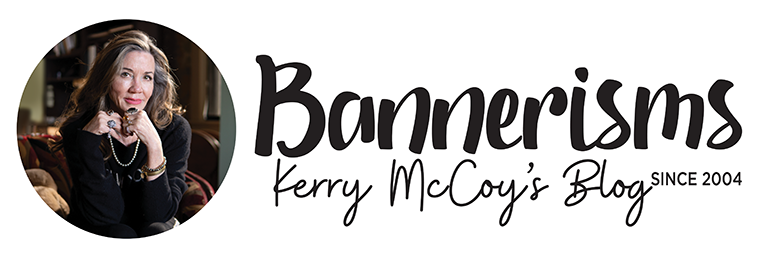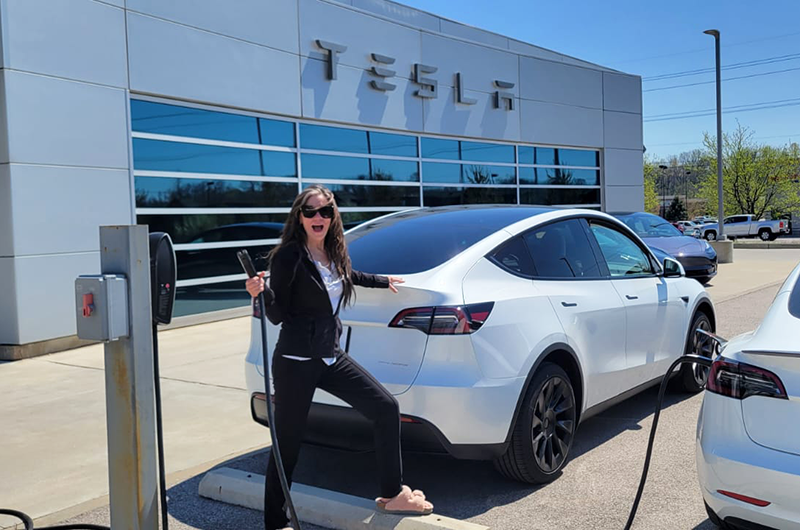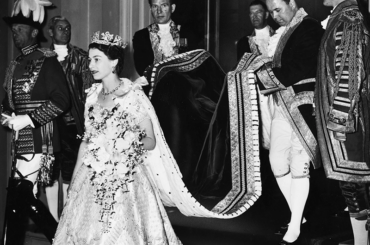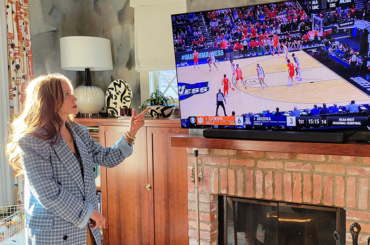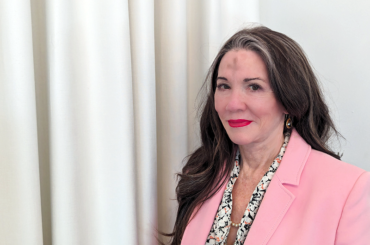Last week, I wrote about how buying myself a Tesla was, in some small way, investing in my grandchildren’s future. This week, while pushing the stroller with our family’s newest addition, I thought farther out.
50 Years From Now
What will America and the world look like when my new grandbaby is 50 years old?
Artificial Intelligence is already a big part of our lives and is here to stay. I love the convenience of AI while, at the same time, fearing it.
Will robots take our college kids’ jobs, military jobs, and leave only service workers and hairdressers? Will the reverse work model bring back customer care and service and be a catalyst for humankind’s emotional maturity?
How will the pendulum swing? How will the current, selfish “main character” movement playout? Will we still have air conditioning, grocery stores, cheap water, airplanes, walks in the neighborhood, etc.? What new thing will be discovered?
Our Pale Blue Dot
Then I thought back, away from the future, to Carl Sagan’s book The Pale Blue Dot, that was inspired when he and his wife stared at the first, far-away, satellite image of Earth, taken by Voyager 1, on February 14, 1991. He said seeing that image from space was like a spiritual awakening for him.
Sagan writes:
Look again at that dot. That’s here. That’s home. That’s us. On it everyone you love, everyone you know, everyone, you ever heard of, every human being who ever was, lived out their lives. The aggregate of our joy and suffering, thousands of confident religions, ideologies, and economic doctrines, every hunter and forager, every hero and coward, every creator and destroyer of civilization, every king and peasant, every young couple in love, every mother and father, hopeful child, inventor and explorer, every teacher of morals, every corrupt politician, every “superstar,” every “supreme leader,” every saint and sinner in the history of our species lived there – on a mote of dust suspended in a sunbeam.
The Earth is a very small stage in a vast cosmic arena. Think of the rivers of blood spilled by all those generals and emperors so that, in glory and triumph, they could become the momentary masters of a fraction of a dot. Think of the endless cruelties visited by the inhabitants of one corner of this pixel on the scarcely distinguishable inhabitants of some other corner, how frequent their misunderstandings, how eager they are to kill one another, how fervent their hatreds.
Our posturings, our imagined self-importance, the delusion that we have some privileged position in the Universe, are challenged by this point of pale light. Our planet is a lonely speck in the great enveloping cosmic dark. In our obscurity, in all this vastness, there is no hint that help will come from elsewhere to save us from ourselves.
The Earth is the only world known so far to harbor life. There is nowhere else, at least in the near future, to which our species could migrate. Visit, yes. Settle, not yet. Like it or not, for the moment the Earth is where we make our stand.
It has been said that astronomy is a humbling and character-building experience. There is perhaps no better demonstration of the folly of human conceits than this distant image of our tiny world. To me, it underscores our responsibility to deal more kindly with one another, and to preserve and cherish the pale blue dot, the only home we’ve ever known.
“Our Pale Blue Dot” was published in 1994; almost 30 years ago.
(Don’t want to miss Kerry’s weekly blog? Click the “Subscribe” button)
